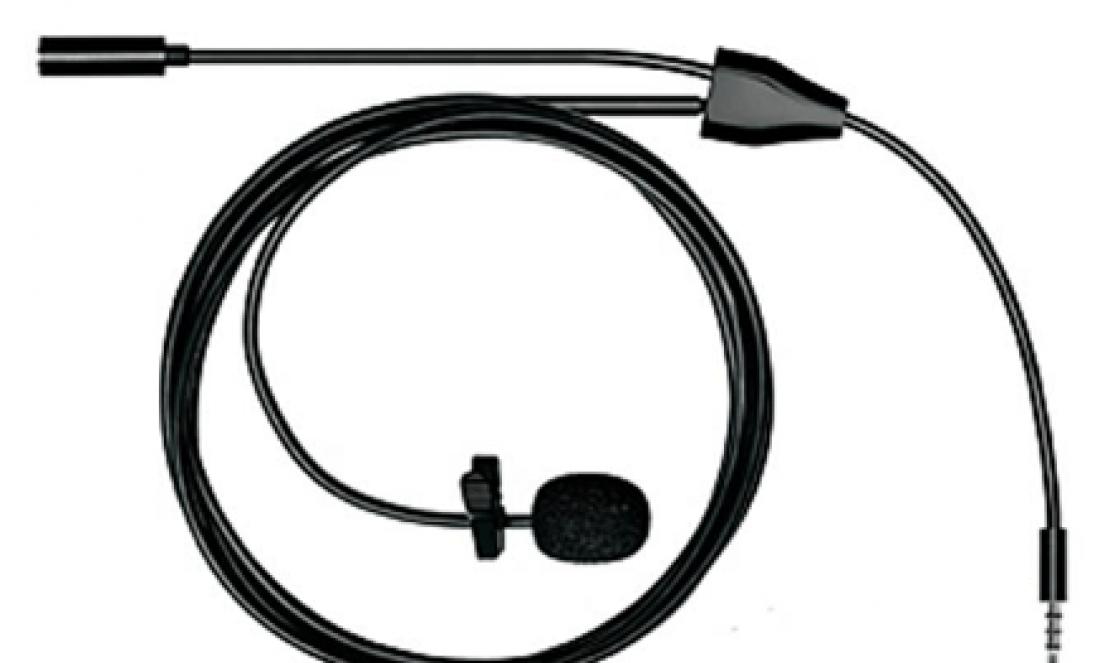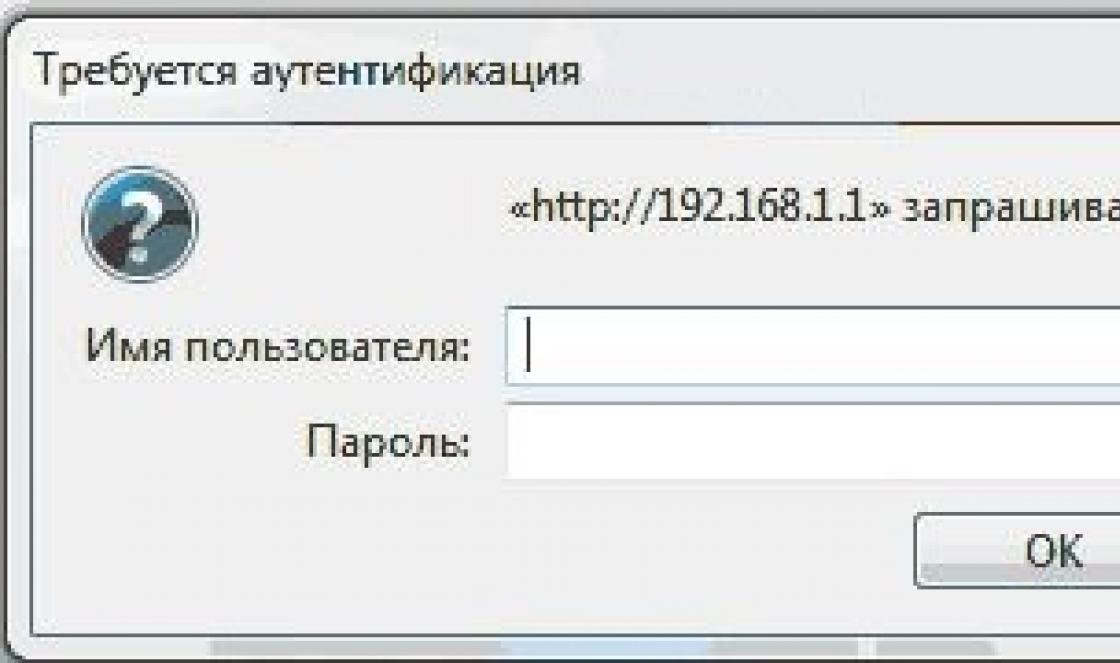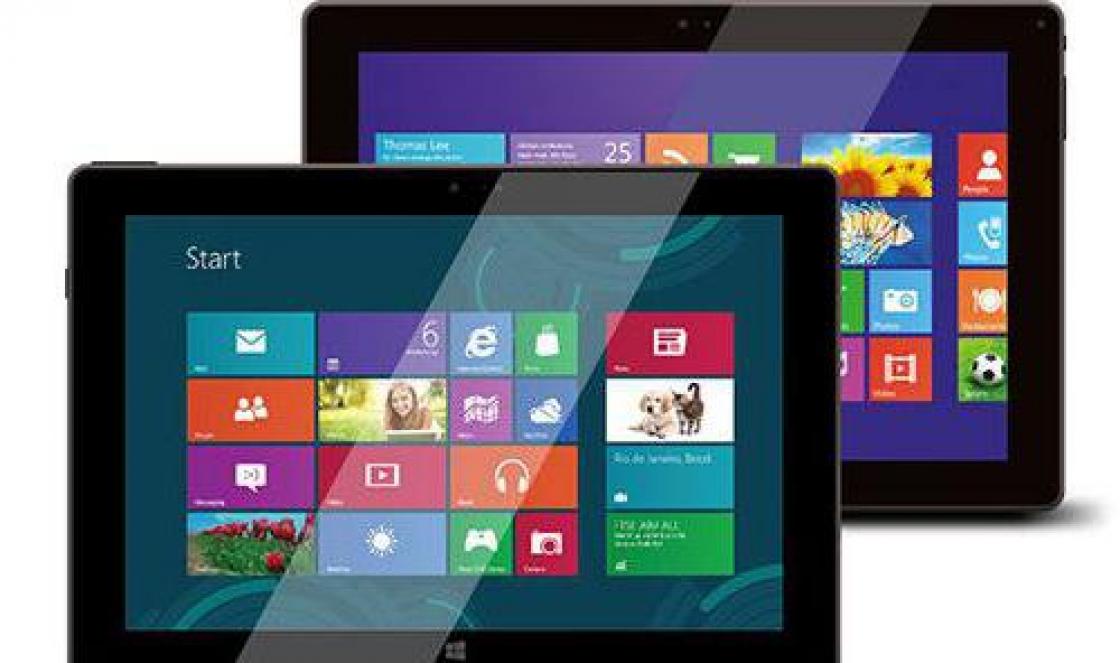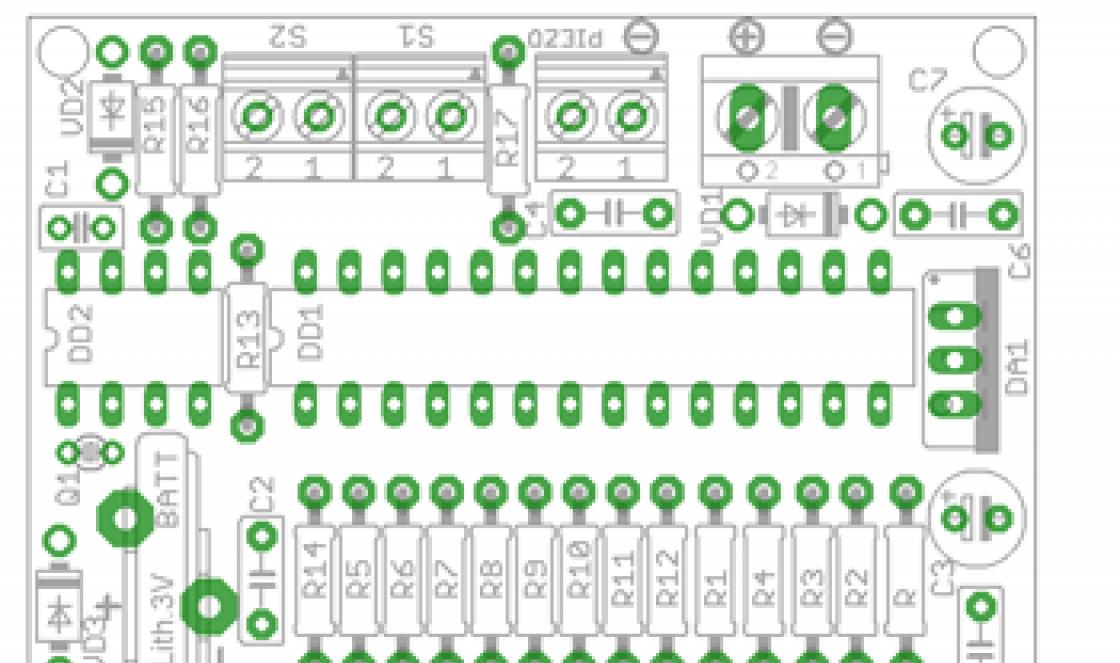SLK 2.0 is used in the following configurations:
- "1C: Accounting for an agricultural enterprise" edition 2.0
- "1C: Integrated accounting of an agricultural enterprise"
First, let's look at the general principles of installing SLK and the differences from previous versions.
Unlike previous versions of SLK, the SLK version 2.0 distribution contains only the following components:
- SLK Server Module
- Security key driver
- Files of registration information and protected data for a specific series of keys (one series “33CE” is used for both configurations)*
*V latest versions, the protected data file is located in the general configuration layout
The external component of the SLK "LicenceAddIn" is made using the new NativeApi technology and is physically located in the general layout of the configuration itself.
On the thick client and on the 1C:Enterprise server, the component is installed and launched automatically. When starting the thin and web client for the first time, the component must be installed manually (starting from version SLK 2.0.5.133, this action is no longer necessary).
Attention!!! Due to the limitation imposed by the current version of SLK2.0, operation of the 1C-Enterprise server in client-server mode is possible only under operational Windows systems , as a client it is possible to use any operating systems and web browsers supported by the 1C:Enterprise platform.
Before installing the licensing and configuration protection system (not to be confused with the external SLK component), configuration protection keys must be removed and all applications using them must be terminated.
To install the licensing system and protect the configuration, select “Install the configuration licensing system” in the start menu of the installation program.
Attention!!! When installing a distribution kit (including configuration updates), the SLK distribution kit is always installed in the configuration template folder
"C:\Program Files\1cv82\tmplts\AgroSoft\BUHSH\Version\" to the "Protection" subdirectory*
*path to the configuration template may differ from the specified one.

After installing SLK 2.0, if intended collaboration with SLK of previous versions, you need to specify a different port for the SLK server (by default it is 9099), for example 9098. This can be done by running the “LicenceServerOptions” server parameters configuration file.

Now let's look at the procedure for installing and configuring the SLK for each configuration launch option.
Working in file mode with a single-user protection key SLK
In this mode, the SLK distribution kit must be installed on each client computer.
If you have been selected standard settings server SLK, then no settings need to be made. You can run the configuration and everything should work.
If a different SLK server port was selected, then when you first start the configuration, in the SLK window that appears, you must specify the correct SLK server port.
Working in file mode with the multi-user protection key SLK
only on that computer USB port which it is supposed to connect a multi-user key (or several keys) of SLK protection (hereinafter we will call this computer SERVER SLK). On other client computers, install the SLK distribution kit no need.
When you first start the configuration, on each client computer, in the SLK window that appears, you must specify the IP address and port SLK SERVERS.
The specified settings will be saved automatically.
Working in client-server mode, when the 1C:Enterprise server and SLK protection keys are located on the same physical server
In this mode, the SLK distribution must be installed only on SERVER. On client computers, install the SLK distribution kit no need.
Working in client-server mode, when the 1C:Enterprise server is located on one server, and the SLK protection keys are on another server
In this mode, the SLK distribution must be installed only on a computer to the USB port of which a multi-user key (or several keys) for SLK protection is connected (hereinafter we will call this computer SERVER SLK). On client computers and on the server with installed server 1C:Enterprise, install SLK distribution kit no need.
Next, on a server with 1C:Enterprise server installed, you need to go to the folder with general settings for all users (for example for Windows Vista it will be "C:\Users\All Users\1C\Licence 2.0", for Windows 8 it will be "C:\ProgramData\1C\Licence 2.0") put text file"LicenceAddIn.config" containing the following data:
Host=192.168.1.40
Port=9099
ReadTimeout=30
KeepAlivePeriod=60
KeyNo=0
Where Host is the IP address and Port is the port SLK SERVERS
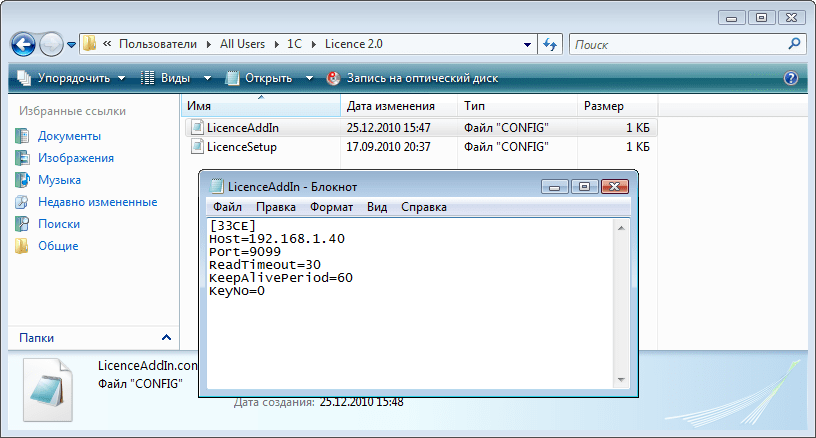
Attention!!! After this, be sure to restart the 1C:Enterprise server.
P/S In the latest versions of SLK, this item can be automated; to do this, run the configuration (necessarily in file mode!!!) on a server with the 1C:Enterprise server installed, in the SLK window that appears, set the correct parameters for communication with SLK server and right-click at the top of the window, in the menu that appears, select “Save settings for use by 1C server”, the required file will be automatically created in the right location.
You can download SLK for a specific configuration version in the table below:
In order to update the licensing system, follow these steps:
Let's close all 1C applications and remove the hardware protection keys.
Let's delete old system licensing. To do this, go to the folder “C:\Program Files (x86)\1C\Licence 2.0\Uninstall” and run the file “Uninstall.exe”:
This will open the licensing system removal window. Click on the “Continue” button:

A message appears confirming the deletion. Check all the boxes and click on the “Delete” button:

Let's wait for the removal process to complete and click on the "Exit" button:

Download the 2.0 licensing system distribution and unzip it to any folder:

The unpacked folder will contain the following files:

Let's run the file "LicenceSetup.exe". This will open the licensing system 2.0 installation window, click on the “Continue” button:

In the next window, check all the boxes. We will leave the folder in which the licensing system will be installed as default. Click the “Install” button:

The installation program will display a warning, click “Install”:

The installation process will begin:

During installation, the message “Install software for of this device?”, click on the “Install” button:

Let's wait until the installation process is completed, check the box "Start the SLK server console when exiting the installation program" and click on the "Exit" button:

The “Server Console” window will open. Let's plug the hardware security keys into the USB ports. In this case, all protection keys must be defined in the “SLK Server Console” window:

Some third-party configurations, incl. manufactured under the 1C brand within the framework of the 1C-Share projects have additional protection with a software or hardware key, working through the Configuration Licensing System (CLS).
Installation without "crutches" in the form of Wine@Etersoft is possible starting from version SLK 3. At the time of writing this article, version 3 is available in Release Candidate (rc) status
Version 3.0 is a development of version 2.1 and is backward compatible with it, i.e. a configuration that included SLK version 2.1 can be transferred to SLK version 3.0 without interfering with its program code.
Start by receiving SLK version 3. Write a letter to technical support configuration (specified in the documentation for it) with approximately the following content:
We are installing a 1C:Enterprise server on Linux and we would like to install SLK on the same server. We know that there is already a version of SLK 3 that works fine on Linux, but has not yet been officially released and is backward compatible with SLK 2.1. We really need its distribution. You, as developers, can obtain it by contacting SLK technical support at [email protected]. Please provide us with server distributions and SLK 3 components.
You need to get two archives
Licenseserver-3.0.10.6556-rc1.zip licenseaddin-3.0.10.6556-rc1.zip
where 3.0.10.6556-rc1 is the current SLK build number; at the time of writing this article, you can get a more recent build.
Server installation
The server delivery package includes a distribution kit for Windows OS and 4 distribution packages for various Linux architectures.
Copy the necessary files to your home folder Linux user, for example ~/slk . Installation, for example, for Ubuntu 64-bit architecture:
$ cd ~/skl $ sudo dpkg -i licenseserver-3.0.10-6556.rc1.amd64.deb
Running the SLK service on Linux
$sudo service licenseserver start
The SLK console is available in the browser via the default port 9099. Type in the address bar of any browser through which you can reach the server server_address: 9099
The console looks something like this:
The server service is installed and running. Hardware keys work immediately, without installing any additional drivers. If necessary, activate software keys.
Updating client components
If for some reason the configuration developer is not ready to transfer the configuration to SLK 3.0, you can independently update the protection components at your workplaces. Everything you need for this is contained in the licenseaddin archive.
For client-server installation, server on Linux
The server checks the availability of licenses in the client-server version of 1C:Enterprise. To do this, you need to install an external component on the server. Support for Linux OS components appeared only in version SLK 3.
Copy to user's home folder Linux package, corresponding to the server architecture and install it, for example, Ubuntu 64-bit architecture
$ cd ~/slk $ sudo dpkg -i licenseaddin-3.0.10-6556.rc1.amd64.deb
For file operating mode
Go through your workstations on OS Windows and install the licenseaddIn-3.0.10.6556-rc1.win.exe distribution on them (3.0.10.6556-rc1 is the current SLK build number at the time of writing, you may have a different one, the main thing is that it matches with the build number of the SLK server). On Linux OS workstations, install the distribution kit for the appropriate architecture, as described in the previous section.
If you already have SLK installed on your computer and you need to install a new version, you can do this in several ways:
1. Delete old version SLK and install a new one;
2. Launch the installation distribution new version SLC immediately.
Let's consider both options.
1. First, let's remove the old version of SLK, for this:
- Let's close all 1C applications and remove the hardware protection keys.
- Go to the folder C:\Program Files (x86)\1C\Licence 2.0\Uninstall and run the file “Uninstall.exe”:
- This will open the licensing system removal window, click the “Continue” button:

- A message confirming deletion will appear, click the “Delete” button:

- After finishing removing the SLK, click the “Exit” button:

Now we can start installing the new version of SLK 2.1.6.420:
- Download the licensing system distribution and unzip it to any folder:

- Let's run the file “LicenceServer-2.1.6.420-Setup.exe”. This will open the licensing system installation window, click on the “Next” button:

- Make sure that all additional tasks that need to be completed are checked and click the “Install” button:




Note: The server console can be launched later, for example, through the menu “Start – All programs – SLK – SLK Server Console”.
2. The installation process of a new version of SLK can be started immediately, without uninstalling previous version, for this:

At the same time, a message appears that the computer already has installed version SLK and it is proposed to update it to a new version. Click the “Next” button:

Check all the boxes and click the “Install” button. During the installation process, you will need to update the security key driver, click the “Update” button:

- During installation, the message “Install software for this device?”, click on the “Install” button:

After completing the installation process, close the window:

As a result, the SLK was updated.


